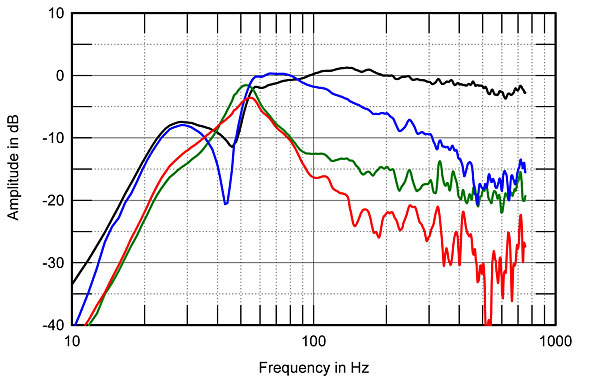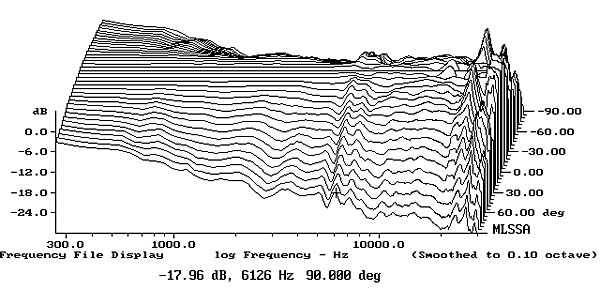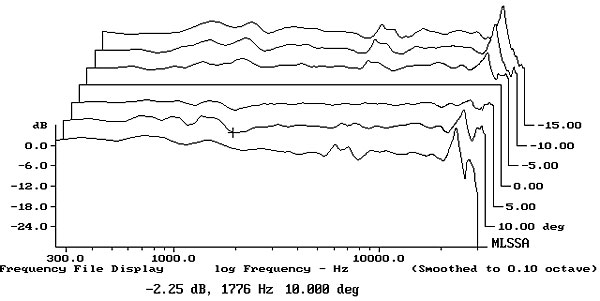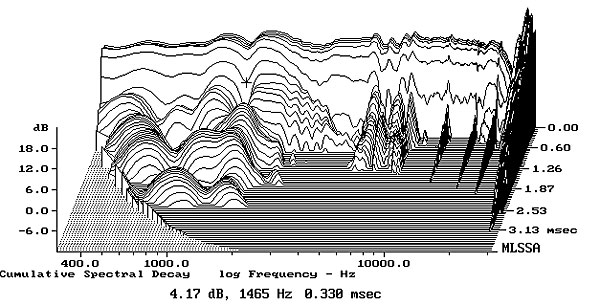| Columns Retired Columns & Blogs |
I listened to these speakers and they do sound quite well...very balanced. I'm curious as to how the q500 compares to the Kef q900 performance wise. I read another review here www.kef-q900.com
They also gave the 900 a favorable review, although they reviewed it not with music but strictly for watching movies.
















































